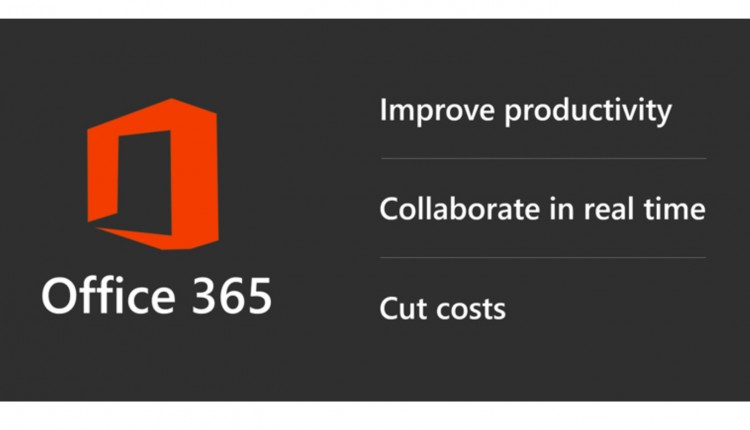
Our independent consulting studies find that by utilizing electronic content management (ECM) and workflow technologies, an organization can improve document access time, process quality, efficiency and customer service by five percent to 25%, a significant cost/benefit improvement proposition. Yet, if paperless technologies provide such a powerful way to increase efficiency, quality, service and compliance, why are organizations so slow to implement these technologies enterprise-wide?
I believe the reason for the slow implementation of paperless technologies is the inefficiencies, challenges and risks of using shared network drives for document management and email for workflow is considered acceptable—when it isn’t.
To illustrate, the norms of:
I believe the reason for the slow implementation of paperless technologies is the inefficiencies, challenges and risks of using shared network drives for document management and email for workflow is considered acceptable—when it isn’t.
To illustrate, the norms of:
- Shared network drives (e.g., inconsistent indexing, users being able to delete indexes/documents, minimal security) are unacceptable from an information technology (IT) perspective in the design of a data system and from a records management standpoint for managing paper records.
- Email (e.g., workflow routing left up to individual users; inconsistent response (reply to, reply all, no reply); limited/nonexistent tracking and measurement) being used for structured routing provide insufficient technology support from a total quality management, business process management (BPM) and Six Sigma process perspective.
- Users believing that the documents they work with are theirs to manage, alter, delete, store or route as they wish (e.g., storing documents at home, using outside emails, writing over older documents, deleting emails or documents they consider unnecessary) are inappropriate from a legal department governance, litigation and audit perspective.
Where did we go wrong?
I don’t want to sound too old school, but I believe that when the personal computer (PC) was implemented by organizations as an individual productivity tool, many of the quality controls that surrounded paper-based storage and routing systems (i.e., file organization, check in/out, routing slips, controlled retention/disposition) were disregarded. Not to say that the PC has not improved the speed and accuracy of document transport, but the lack of proper supporting software to properly capture, store, secure, route, sign, retain and dispose of records is where the problem originates and perpetuates.
I don’t want to sound too old school, but I believe that when the personal computer (PC) was implemented by organizations as an individual productivity tool, many of the quality controls that surrounded paper-based storage and routing systems (i.e., file organization, check in/out, routing slips, controlled retention/disposition) were disregarded. Not to say that the PC has not improved the speed and accuracy of document transport, but the lack of proper supporting software to properly capture, store, secure, route, sign, retain and dispose of records is where the problem originates and perpetuates.
How do we make it right?
The first part of the answer is proper pre-planning work to make sure required efficiencies, quality and service goals, as well as security, governance and audit requirements are reflected in the design of a capture, ECM, workflow and electronic record management (ERM) system. A well-thought-out design document can be used to evaluate vendors, identify budget requirements and determine return on investment. The second part of the answer is to use the design document to help select the right software and integration company and hold them accountable for delivery of a solution.
Many of the issues experienced today, in the deployment of shared work group ECM systems, are that these systems are being rolled out by user groups without a proper design or participation from records/governance and IT groups.
It’s all in the process of re-think, planning, selection and deployment.
For more information on process improvement and paperless technologies, see the CRE8 Independent Consultants "Paperless Technology and Process Improvement White Paper" at www.cre8inc.com/paperless-white-paper.
George Dunn is the founder and president of CRE8 Independent Consultants and is a worldwide recognized consultant, speaker, instructor, contributing editor and author on business process innovation and improvement, paperless technologies and complex computer system replacement planning. He has over 25 years of experience in the advanced technology and process improvement industry. Follow him on Twitter @CRE8consultants.






















